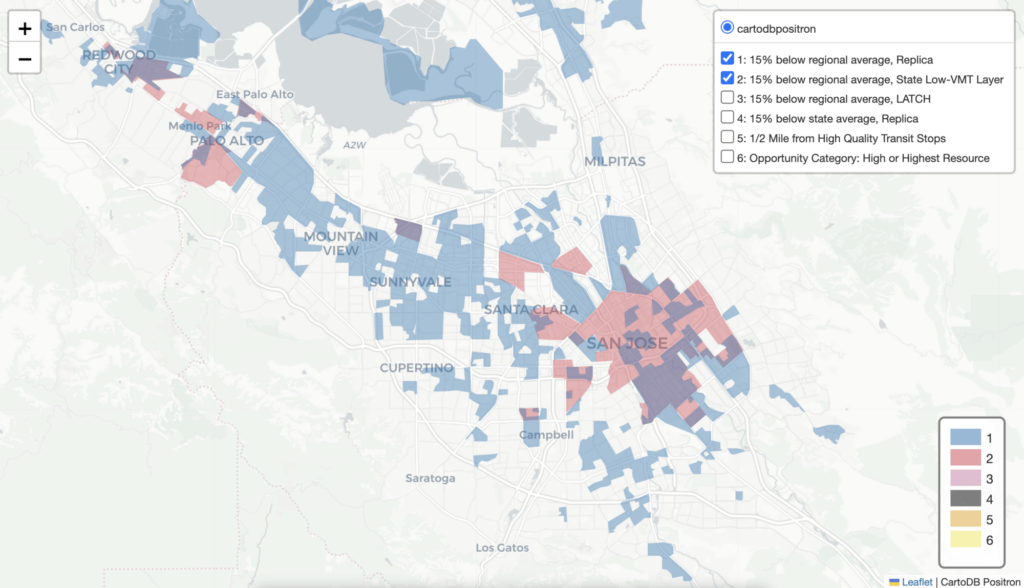How States Are Incentivizing Local Housing Production: A Typology of State Pro-Housing Laws
Published On February 22, 2023
By Shazia Manji
For decades, the United States has failed to build sufficient housing to support its growing population and to provide a range of affordable and inclusive housing opportunities. While many factors contribute to the intersecting crises of rising unaffordability and racial and economic inequity, local housing and land use regulations and practices—for example those that privilege large-scale single-family homes and exclude denser and more affordable housing types—are among the driving forces. The interests of local policymakers and their constituents often conflict with regional and statewide housing supply needs. Increasingly, it is clear that state action is needed to overcome local resistance to housing production and incentivize necessary shifts in policy. What is less clear, however, is the roadmap for state intervention. These policies have to be sensitive to local market conditions and specific political environments. Regulatory tools must be designed to fit the desired supply response, and what works in one state may not work in another.
Luckily, state legislatures and advocates may not need to reinvent the wheel. As affordability and supply challenges have grown and spread across the country, so too have the number of state laws designed to encourage—or require—local action on housing production. A new database and typology of state laws developed by the Terner Center and the Urban Institute offers a new resource to policymakers and advocates looking for approaches to emulate.
States across the nation are experimenting with ways to incentivize, penalize, and/or mandate local action on housing production. For example, California’s SB 35—passed in 2017 and currently back in front of the legislature to keep the law in place—imposes a stick, or penalty, on localities that have failed to meet certain housing production targets by offering developers a streamlined approval process for zoning- and design-compliant projects that meet certain affordability, labor, and other goals.
Other legislatures have put forth state-level standards for density to increase production of affordable units. Maine’s LD 2003 (2022), for instance, allows eligible affordable projects to contain at least two and a half times the number of units than are otherwise allowed under a local jurisdiction’s zoning. Several states (like New Hampshire, Oregon, and Washington) have created laws facilitating the development of Accessory Dwelling Units (ADUs) as a way to increase lower-cost housing options. California, in particular, has taken multiple passes at strengthening its ADU laws, with significant success.
To support a greater understanding of the types of pro-housing tools that states are using, we partnered with the Urban Institute to begin cataloging these efforts nationwide. In our new report, Incentivizing Housing Production: State Laws to Encourage or Require Municipal Action, we created a typology to help classify and illustrate the approaches state legislatures have taken to advance housing production. We then apply that typology to the first nationwide database of 144 state pro-housing laws.1
Our typology characterizes laws across multiple dimensions: the underlying purpose of the law, the policy levers utilized to boost local production, and the inclusion of any escape hatches that exempt compliance in certain situations. Through iterative review and coding of relevant laws, we identify four policy levers that capture the breadth of state action:
- Requiring localities to plan for the housing needs of their respective regions,
- Implementing state standards for local land use and planning regulations, such as requiring localities to allow for at least one ADU per single-family lot.
- Providing carrots to incentivize a particular production goal, and/or
- Imposing sticks to penalize jurisdictions for failing to carry out their housing obligations.
In our analysis, we find that state legislation typically employs more than one of these levers at a time to put the necessary pressure on localities, and that the development of these state pro-housing tools often occurs through years of work. While legislation can, and sometimes does, implement new and novel approaches, the majority of the laws we reviewed made changes to try and improve upon existing laws and requirements. For example, California’s legislature has amended its Housing Element Law over 20 times since 2017.
This report sets the stage for a much-needed and more comprehensive effort to compile and characterize what states have already done to intervene in local housing policy and practice.
See the typology and read the full report here.
1. Due to time and limited resources, this selection of 144 laws is neither comprehensive nor necessarily a representative sample of all relevant legislation nationwide. Our methodology, a full list of laws in the database, and the geographic breakdown of laws analyzed are available in the full report.





